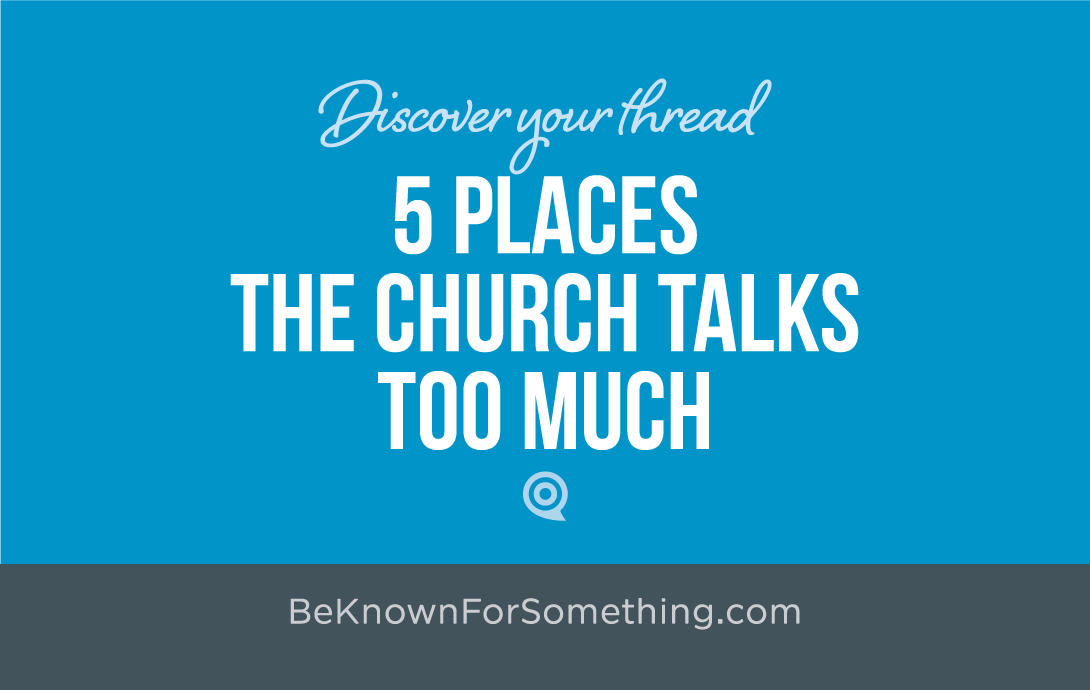Interestingly, in order to effectively communicate, the church needs to stop talking before the congregation (or community) stops listening. Or we’re just wasting our time! It’s crazy how short the average attention span has gotten all while we drone on and on.
Here are 5 (somewhat unexpected) locations that deserve a good hearty edit. Is it because we don’t have something crucial to say? No. It’s BECAUSE we have an incredibly important message to deliver. That’s why we need to give the information in a way that most want. Briefly and to the point.
- Sermons. As attention spans have gotten ridiculously short; the average length of a standard sermon has remained about the same. In a worship room it’s easier to capture and hold the attention of our congregation, but be careful if you repurpose content for online consumption since it’s harder to sustain attention with so many interruptions, multitasking, and alerts. Solution? Try reducing the length of sermons. Maybe split the sermons into smaller consumable packages. Or at least, edit website sermons so they become more shareable and bite-sized.
- Describing Ministries. Most churches know they have ministry silos with a house of brands. This isn’t good. Somehow we believe that the complexity of the various ministries (along with their disconnected descriptions) lead people to be impressed with all we offer. But to the contrary, to be known for something relevant and needed (that resonates outside of our inner core) a church needs a short, thread that quickly unifies our ministry suite under an umbrella of a benefit. Saying less so people listen more.
- Announcements. Just because you have an announcement time doesn’t mean you need all your announcements. Nor should everyone be allowed to have a stage announcement! In fact, you should limit promotions to only a few that most present need to hear. And eliminate the ones that would be ignored (often because they’re intended for a smaller subset). And then? Make sure you’re giving only the benefit of attending with the website offering more details if someone is interested. Who knows? A shorter announcement time may get more people to listen!
- Bulletins. Stop the madness. Most people don’t even read the bulletin even though it’s been given to them. But if they do, they don’t need all of the blurbs. Most people want you to give them just the quick highlights while your website offers the details once they’re ready to decide. Solution: reduce the size of your bulletin, focus on the bare minimum, and stop forcing people to take one. The option to pick one up from a table will save you money. Remember, your website needs to be topnotch with an easy-to-navigate calendar.
- Web content. “Speed to content” is crucial on a website. Online, people want to find what they’re looking for, when they want it, as fast as possible. Rarely do they want it in long, paragraph form when a series of edited bullet points does the trick. Plus bullets attract the eye on a web page!
Most churches don’t need more content. We need less. The solution? Church communicators need to hone the skill of editing. Who knows, it may get people to spend more time with our communication.




